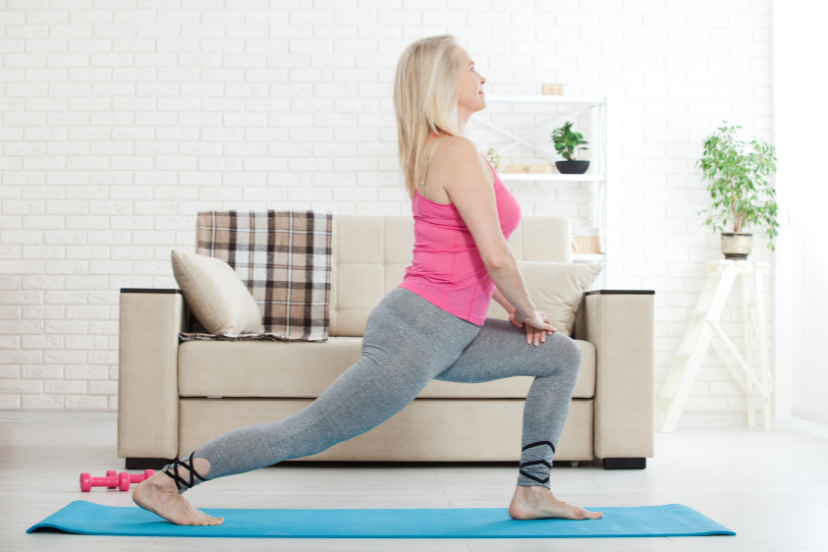Postural Exercises: Your Key to Better Alignment and Health
Introduction
In today’s sedentary lifestyle, maintaining good posture can often take a back seat. However, neglecting posture can lead to a myriad of issues, from discomfort to chronic pain. But fear not! With the right postural exercises, you can reclaim proper alignment and enhance your overall well-being. Let’s delve into some effective exercises and tips to get you standing tall and feeling great.
Why Are Postural Exercises Important?
Postural exercises play a crucial role in ensuring your body maintains proper alignment throughout the day. But why are they so essential? Let’s explore:
- Alignment Matters: Good posture isn’t just about appearances; it’s about aligning your body to function optimally. Proper alignment reduces strain on muscles and joints, decreasing the risk of pain and injury.
- Enhanced Confidence: Standing tall with good posture not only feels better physically but also boosts your confidence and presence in any situation.
- Prevention of Health Issues: Poor posture can contribute to a variety of health problems, including back pain, neck pain, and headaches. By practicing postural exercises, you can prevent these issues from arising in the first place.
Postural Exercises: A Comprehensive Guide
Let’s dive into some effective postural exercises you can incorporate into your daily routine to improve your alignment and overall health:
1. Shoulder Blade Squeeze
How to Do It: Sit or stand with your arms by your sides. Squeeze your shoulder blades together as if you’re trying to hold a pencil between them. Hold for 5 seconds, then release. Benefits: Strengthens the muscles between your shoulder blades, promoting proper shoulder alignment.
2. Cat-Cow Stretch
How to Do It: Get on your hands and knees, with your wrists aligned under your shoulders and your knees under your hips. Inhale as you arch your back and lift your head and tailbone towards the ceiling (cow pose). Exhale as you round your spine, tuck your chin to your chest, and tuck your tailbone under (cat pose). Benefits: Improves flexibility and mobility in the spine, promoting better overall posture.
3. Chin Tucks
How to Do It: Sit or stand with your shoulders relaxed. Gently tuck your chin towards your chest, lengthening the back of your neck. Hold for a few seconds, then release. Benefits: Strengthens the muscles at the front of the neck and helps counteract forward head posture.
4. Wall Angels
How to Do It: Stand with your back against a wall, feet hip-width apart, and arms bent at 90-degree angles with your elbows and wrists touching the wall. Slowly slide your arms up the wall, keeping your elbows and wrists in contact with the wall, then back down. Benefits: Improves shoulder mobility and strengthens the muscles of the upper back.
5. Hip Flexor Stretch
How to Do It: Kneel on one knee with the other foot planted in front, forming a 90-degree angle with your knee. Lean forward slightly, keeping your back straight, until you feel a stretch in the front of your hip. Hold for 30 seconds, then switch sides. Benefits: Releases tension in the hip flexors, which can become tight from prolonged sitting.
FAQs About Postural Exercises
1. Can postural exercises help alleviate back pain?
Absolutely! By strengthening the muscles that support your spine and promoting proper alignment, postural exercises can reduce strain on your back and alleviate discomfort.
2. How often should I do postural exercises?
Ideally, aim to incorporate postural exercises into your daily routine. Consistency is key to seeing improvements in your posture over time.
3. Can I do postural exercises if I have existing back problems?
While it’s essential to consult with a healthcare professional before starting any new exercise routine, many postural exercises can be adapted to accommodate individuals with back issues.
4. Will postural exercises improve my flexibility?
Yes! Many postural exercises incorporate stretching movements that can improve flexibility and mobility in various parts of the body, including the spine and shoulders.
5. How long does it take to see results from postural exercises?
The timeline for seeing results can vary depending on various factors, including your current posture and consistency with which you perform the exercises. However, with dedication and regular practice, you can start to notice improvements in your posture within a few weeks to months.
6. Are there any postural exercises I can do at my desk?
Absolutely! Simple stretches and movements like shoulder rolls, chin tucks, and seated spinal twists can be done discreetly at your desk to counteract the effects of prolonged sitting.
Conclusion
Incorporating postural exercises into your daily routine is a proactive step towards improving your alignment, reducing discomfort, and enhancing your overall health. Whether you’re dealing with nagging back pain or simply want to stand a little taller, these exercises can make a significant difference. So why wait? Start incorporating these exercises into your day and feel the benefits for yourself. Remember, small changes can lead to big results when it comes to your posture and well-being.




